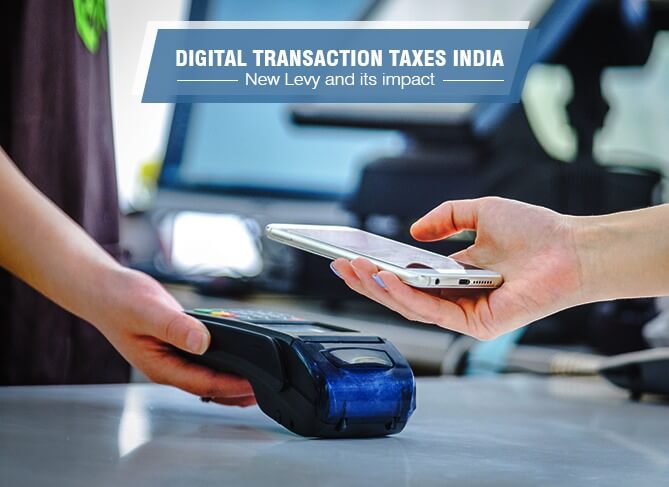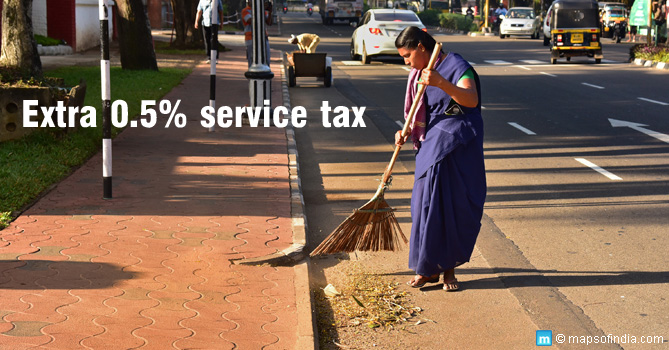
The Indian Income Tax department has recently introduced a new concept “Digital Transaction Tax (DTT)”, that is valid from April 01, 2020. At the same time, the first installment payment was due on July 07 of paying up the new 2% equalization levy on digital transactions conducted in India by foreign e-commerce companies. This digital transaction tax is a new concept and now includes all foreign e-companies into its ambit. The new concept says the following:
Equalization Levy 2.0- 2020 Newly Introduced
The Equalization Levy was earlier proposed by the Finance Act 2016 and was initially levied at 6% on certain online advertising and related services. Now four years later, the Finance Act 2020 amended the Finance Act 2016, coming up with a new Equalization Levy at 2% on the consideration received/receivable by an e-commerce operator from the following transactions (e-commerce supply or services).
The transactions cover:
- Online sale of goods or provision of services or both, facilitated by the e-commerce operator; or
- Online provision of services provided by the e-commerce; or
- Online sale of goods owned by the e-commerce operator; or
- Any combination of the activities mentioned above.
The levy applies to the consideration received by the e-commerce operator on the above transactions from the following:
- A person resident in India
- Non-resident, where the:
- Sale of advertising, which targets a customer who is resident of India, or a customer who accesses the advertising through an I.P. address located in India.
- Sale of data, collected from a person who is resident of India or from a person who uses an I.P. address located in India.
- A person who buys goods or services, or both, uses an I.P. address located in India.
Thus, the levy captures online sales of any goods or provision of any services by or through a non-resident e-commerce operator.
Now a question emerges whether, in the case of online market-place operators or aggregators, the consideration subject to the levy is the gross value of goods or services traded on the platform, or the facilitation fee or commission charged by the market-place operators or aggregators. The question more relevant is- as the operator is selling an item of 50,000 while their commission maybe just 2,000. So should they be charging on 50,000 the sale price or 2,000 the commission? Though the assumption is on the commission part only and not on the gross values.
Procedural Aspects
The I.T. department has amended the challan ITNS 285 – which is used to pay the levy – through an online mechanism. The changes now include ‘e-commerce operator for e-commerce supply or services’ under the type of diductor category, and the permanent account number of PAN of the diductor or the e-commerce company has been sought. Importantly, the modified challan provides for ‘Outside India’ option while seeking the address details of the payee, enabling foreign companies to key in more information and make the payment due.
Lots of Hue and Cry on these:
There have been lots of debates on the same:
- The United States has opened an investigation into evaluating whether the digital taxes imposed by India and nine other countries, discriminates against US-based companies.
- The move has put an additional burden on companies to get PAN and adhere to the rules within a brief period. Even as they await detailed clarifications through FAQS from the government on components that would entail the application of the levy and if there are any exemptions from accounting, such as – services or goods that are executed online but delivered online.
- The rushed move could cause substantial challenges in discharging first payment liability, in case interest, penalty and potential litigation for delayed payments are to be avoided.
- Technically, foreign companies that receive consideration for software or other products that qualify as royalty could face double taxation since both royalty withholding tax at 10% and equalization levy at 2% would be applicable on the same transaction.
Conclusion:
India’s decision to levy the digital tax on companies offering digital services in the country is probably not aimed at any particular country, and this levy decision may not also be reconsidered. This decision has already been conveyed to the U.S. trade department, which had initiated a recent probe alleging the South Asian nations were targeting companies such as Amazon.com Inc., Facebook Inc., and Alphabet Inc.’s Google. There was a statement by U.S. President Trump in that regard as well.




